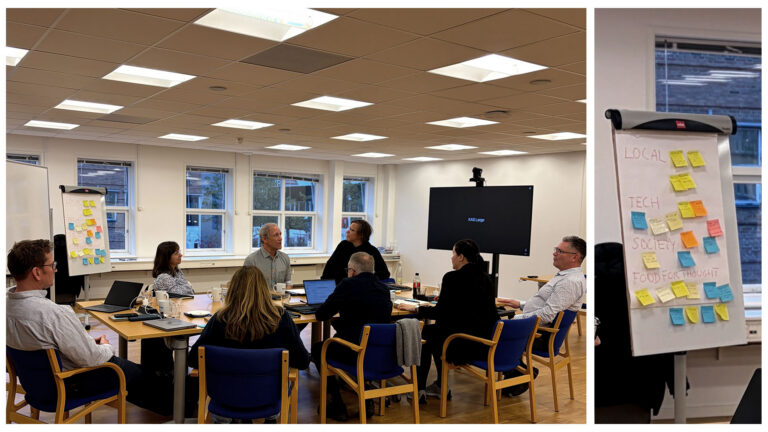NORDUnet is implementing its new virtual service structure, enhancing performance and efficiency, and simultaneously achieving an 81% decrease of overall power consumption.
It is faster, slimmer, more efficient, and saving 1 million Danish kroner yearly on NORDUnet’s power bill. So, it’s hard to find something not to like about the new NORDUnet Data Center infrastructure, now being implemented.
The new NORDUnet service infrastructure is distributed to four locations, two in Denmark and two in Sweden. All NORDUnet services run on top of this infrastructure, consisting of Nutanix servers integrating compute and storage, and Arista switches with ultra-low latency.
Improving performance
– This is top notch modern hardware, and the converged storage and compute gives us hugely improved performance, NORDUnet Chief Network Operating Officer Jørgen Qvist explains.
– Also, it reduces the current virtualised server platform footprint from 76U (3,4 m) to 10U (45 cm) of equipment per site. Each physical box contains 4 Nutanix nodes, with 256 GB RAM, 8TB Spinning and 1,2 TB SSD per node. Each node is connected with 2 times 10G interfaces to the Arista network infrastructure.
– The improved I/O performance in the Nutanix platform allows us to virtualise the many servers currently running our media services, like Adobe Connect, Zoom, and Kaltura, providing a much more cost effective service platform.
Saving power
– Along with improved performance the new data centre setup has given us dramatically reduced power consumption. We knew from the start that we could save a significant amount of electricity, but we have been surprised by the size. The power consumption of data centre, storage, servers and network in Denmark has shrunken from 337,000 kWH to 63,500 kWH, a reduction of 81%. The price of 1 kWH is 3.5 Danish kroner, so that saves us almost 1 million kroner in electricity costs per year, says Jørgen Qvist with a smile.
Knud Heide Ottosen, Nutanix Denmark, adds:
– NORDUnet is one of the first Danish organisations to install this setup, converging storage and compute into a single unified appliance allowing virtual machines to gain access to pooled storage throughout a cluster. This is saving both rack space and electricity, while adding flexibility, less administration and putting an end to maintenance windows. We’ll see a lot more of this kind of efficiency in the future.
The implementation of the new data centres is under way. Denmark was ready in January, and Sweden will be ready by the end of May.











